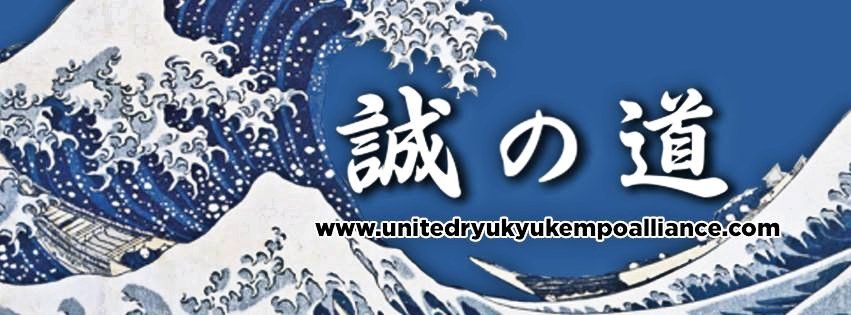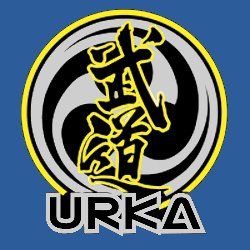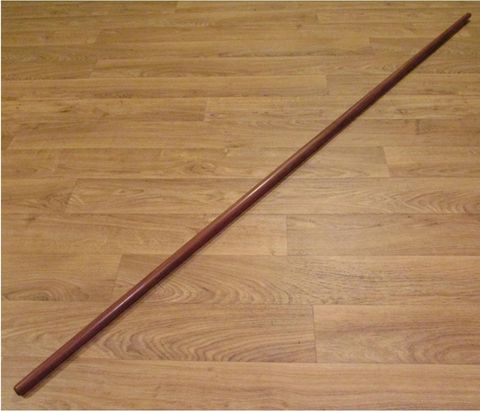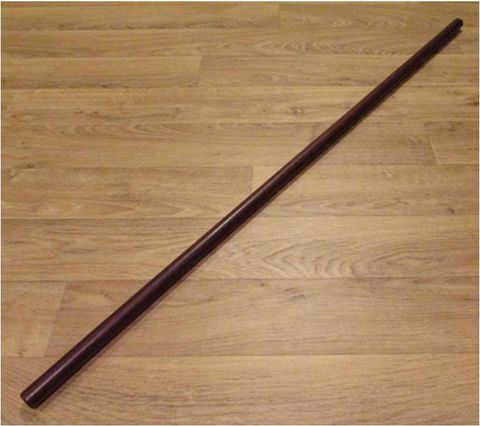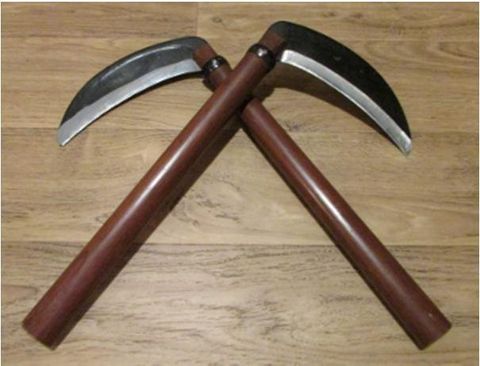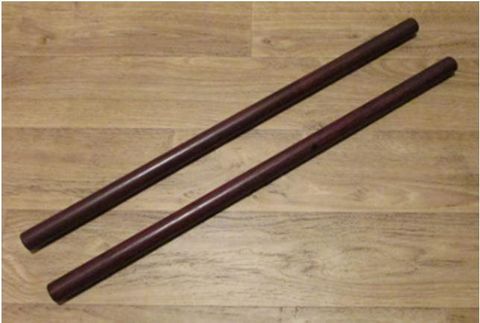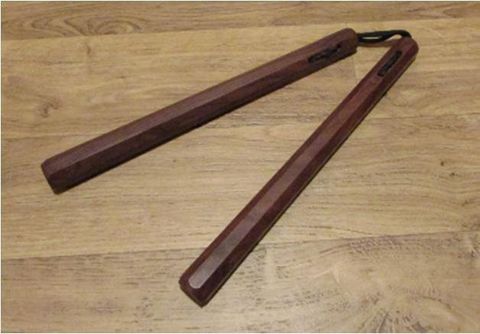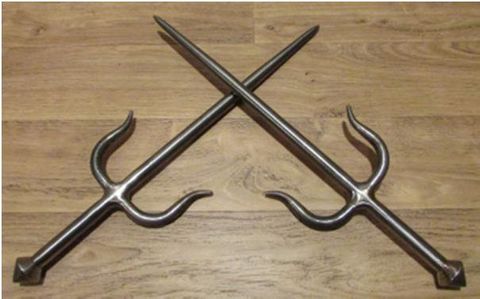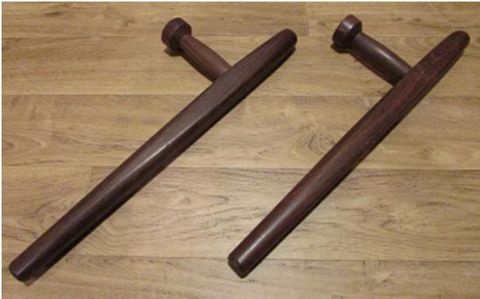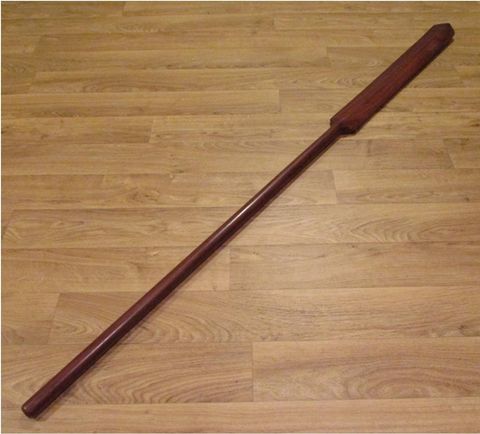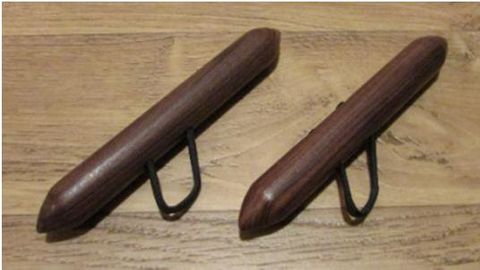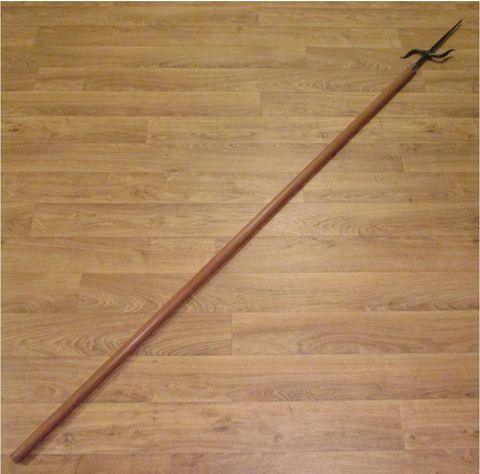Kobudo “Ancient Warrior Way”
Kobudo refers to the study of weapon skills, which predates the empty-hand protection arts.
The purpose of weapons study is to enhance our empty hands skills. Each weapon works the muscles of the body in different ways. In addition to this, the different weapons develop coordination which in turn strengthens the application of the kata
Throughout the various grades within the Alliance, we study the following weapons.
Bo
The Bo is a wooden staff normally 6 feet long (approx 180cm). The Bo was a common weapon of the gate guards at the castles of Okinawa.
We study the following Bo kata:
Bo Kihon
Sakugawa no Kun
Sakugawa Nidansaku
Sakugawa Sandansaku
Sakugawa Kuzushi
Suji no Kun
Tsukumi no Kun
Ko Bu Bo
Jo
The Jo is shorter than the Bo, commonly being 4 feet long (approx 120cm).
We study the following Jo kata:
Jo Kihon
Tsukumino no Kun
Suji no Kun
Sakugawa no Jo
Sakugawa Nidansaku no Jo S
akugawa Sandansaku no Jo
Ko Bu Jo
Kama
The Kama are short sickles which developed into a weapon from their original use as a farm tool.
Kama are usually used in pairs, although they can be used singly.
Training Kama have either lightweight metal or wooden blades.
We study the following Kama kata:
Kama Kihon
Kama Kuzushi Sho
Kama Kuzushi Dai
Ko Bu Kama
Tanbo
Tanbo are short batons typically 24 inches in length (approx 60cm).
They can be tapered or straight. Tapered styles are larger at the handle end and reduce in size down to the striking end.
Tanbo are commonly used in pairs but are also effective used individually.
We study the following Tanbo kata:
Tanbo Kihon
Tanbo Kuzushi Sho
Tanbo Kuzushi Dai
Ko Bu Tanbo
Nunchaku
Often referred to as “Okinawan handcuffs” when properly used, the Nunchaku can render an attacker helpless quickly.
The Nunchaku originated as a bridle for workhorses – quite different from the shape depicted here.
We study the following Nunchaku kata:
Nunchaku Kihon
Jyu Gata Nunchaku
Sai
The Sai were originally truncheons used by Okinawan warriors. Sai are normally used in pairs.
We study the following Sai kata:
Kuniyoshi no Sai
Uhugushiku no Sai
Tonfa
The Tonfa are reputed to have developed from the handles of a wheat grindstone.
Like the Sai, Nunchaku, Tanbo and Kama, the Tonfa are commonly used in pairs.
The shape of the Tonfa varies dramatically depending upon the place of origin.
We study the following Tonfa kata:
Tonfa Kihon Sho
Tonfa Kihon Dai
Tonfa Kuzushi Sho
Tonfa Kuzushi Dai
Ko Bu Tonfa
Eiku
The Eiku developed into a weapon from its traditional use as the steering oar from small boats. The Eiku is a heavy weapon which develops strength and flowing motion.
We study the following Eiku kata:
Kihon Matsumura Matsumura Dai
Chizikunbo
The Chizikunbo are a short hand held wooden weapon used in pairs. Chizikunbo have a small rope loop which is slipped over the fingers allow the Chizikunbo to be held in the palm of the hand.
At this time, we study only one Chizikunbo kata.
Manji Sai
As the name indicates, these are a type of Sai. The Manji, however, are quite different from normal Sai. Manji Sai require a high level of coordination to use well, thus making them a difficult weapon to master.
Like the Chizikunbo, we only study one Manji Sai kata at this time.
Nunte Bo
The Nunte Bo is a cross between a normal Bo and the Manji Sai. Combining the best elements of these two weapons, the Nunte Bo is similar in appearance to an Anglo-Saxon pole-arm.
Like the Chizikunbo and Manji Sai, we currently study only one kata for this weapon.
